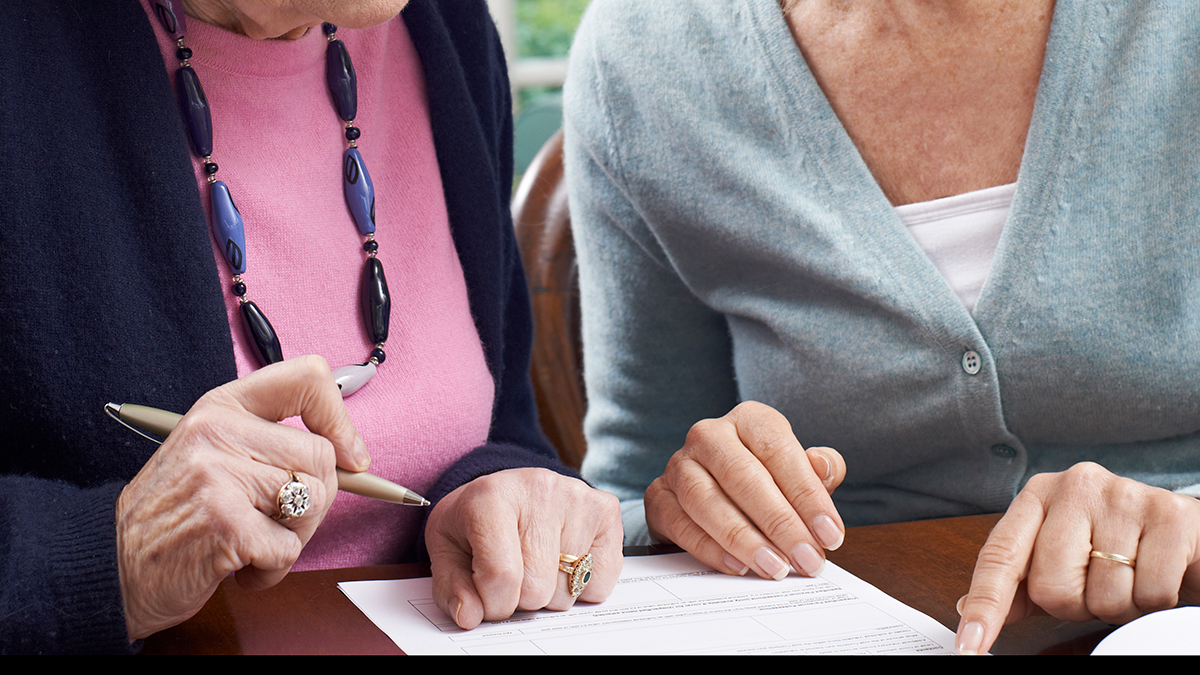Get our independent lab tests, expert reviews and honest advice.
Did the changes to the age pension asset test leave you poorer?

Need to know
- Many people lost some, or all, of their age pension payments as a result of changes to the asset test in 2017
- Not all the changes were bad, as the new thresholds actually benefited some people
- If you did lose money, there are several things you can try to make it up
Changes to the age pension asset test on 1 January 2017 meant about 200,000 people would receive lower part-pension payments that year and 100,000 would lose their pension payments altogether.
If you did lose out, there may be steps you can take to get some income back.
The first thing to do is check the revised thresholds for full pension eligibility below.
Who gets a full pension?
The changes in 2017 meant the value of assets seniors can have and still get the full pension actually went up.
You’re eligible for the full pension if your assets are valued at up to the current threshold below.
| Home and family status | Current threshold | Threshold before 1 Jan 17 |
|---|---|---|
| Single homeowner | $263,250 | $209,000 |
| Single non-homeowner | $473,750 | $360,500 |
| Homeowner couple | $394,400 | $296,500 |
| Non-homeowner couple | $605,000 | $448,000 |
But for each $1000 worth of assets you have above the full pension threshold, your fortnightly pension payment was cut by $3 – the new taper rate. The previous taper rate was $1.50 per $1000.
Is superannuation included in the asset test?
Yes – along with assets such as property, cars, boats, caravans, other investments, and household contents and valuables.
Is the family home included in the asset test?
No – this is still exempt.
Who loses the pension?
Not everyone was better off as a result of the changes.
Lower part-pension thresholds were expected to see about 100,000 age pensioners lose payments altogether.
| Home and family status | Current cut-off point | Cut-off point before 1 Jan 17 |
|---|---|---|
| Single homeowner | $572,000 | $793,750 |
| Single non-homeowner | $782,500 | $945,250 |
| Homeowner couple | $860,000 | $1,178,500 |
| Non-homeowner couple | $1,070,500 | $1,333,000 |
Were there any positive changes?
Yes. To cushion the blow, seniors who lost pension payments from 1 January 2017 should have received a Health Care Card.
Those over pension age should also have received a Commonwealth Seniors Health Card without having to meet income requirements.
These concession cards allow access to benefits such as bulk billing and discounted medicines, as well as other potential discounts.
If I lost out, can I get any money back?
Possibly – there are a number of steps you could take to try to restore your part-payment if it’s fallen, or to limit its reduction in the future.
But you should always seek out trusted information by calling National Seniors’ Financial Information Desk on 1300 020 110 or emailing fid@nationalseniors.com.au.
What could I do?
1. Reduce your assets
You may be able to reduce the value of assets you have on hand by gifting money to your children or other loved ones. Singles and couples can gift up to a total of $10,000 in a year, and no more than $30,000 over a five-year period. Any sums above these limits will be subject to the means test, meaning they’ll still be counted as your assets and affect your part-pension eligibility.
2. Put savings in a partner’s super if they’re under age pension age
Money held in the accumulation phase of superannuation while under age pension age is exempt from the pension assessment. What’s more, if you pay income tax and your partner is a low-income earner or currently not working, you can make after-tax contributions to their super fund and you may get a tax offset.
3. Spend your assets
If you’ve been putting off a big expense that will probably pay dividends down the road, such as a home renovation, now may be the time to do it.
Want more tips on money, health, diet and travel for later in life? You’ll find everything you need on our Ageing and retirement page.





